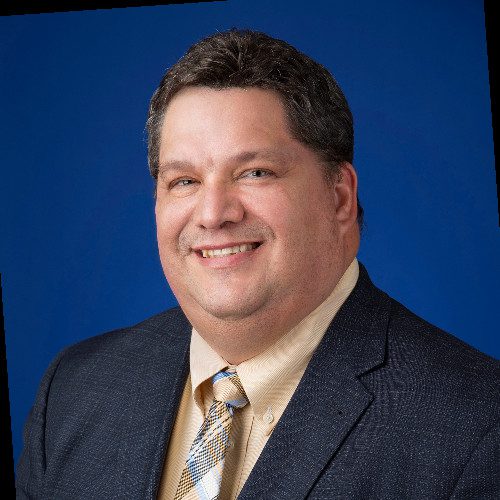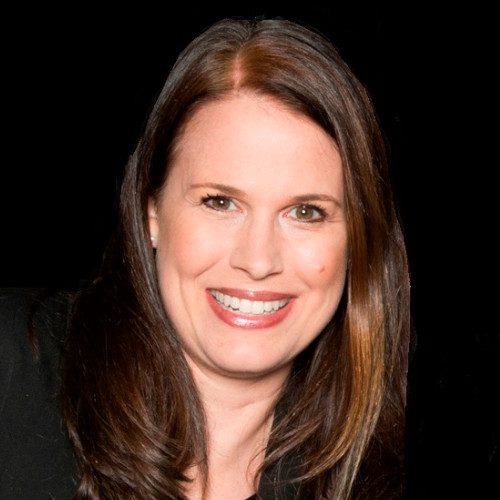A lot of times we talk about social media, and we’re not doing social media, we’re doing media within social.
Paul Murasko
Head of Digital Innovation & Marketing Operations, Azurity Pharmaceuticals

Healthline Media’s SVP of Marketing Kate Gallagher joined Mark on stage to analyze the latest patient research on social media attitudes and trends. Some highlights from the most recent social data on both physician (sourced from SERMO) and patient (sourced from Healthline Media):
- 53% of physicians say social media for professional use has reduced their reliance on other clinical resources (SERMO)
- 64% of physicians want more content and services from pharma companies in social media (SERMO)
- Of people living with health conditions who use social media 73% are interested in engaging with pharmaceutical brands on social media (Healthline Media)
- Among consumers living with health conditions who follow pharma on social media, 53% want access to patient education and content offered by pharma companies (Healthline Media)
“We’re seeing a trust gap begin to emerge on social. Consumers are 63% more likely to trust health and wellness information websites than they are to trust properties that are more broad, like news sites. Likewise, they trust HCP influencers 76% more than general wellness influencers. It shows us that consumers are looking for specificity and transparent authority – specifically backing up information with sources, brought on by the recent spread of misinformation. And, audiences are also very interested in having pharma directly engage with them in their social communities. This is definitely a shift from what we had seen in the past.” – Kate Gallagher, SVP of Marketing, Healthline Media
Both Mark Bard’s slides and a newly available report based on the latest patient research from Healthline Media are available for download now.





